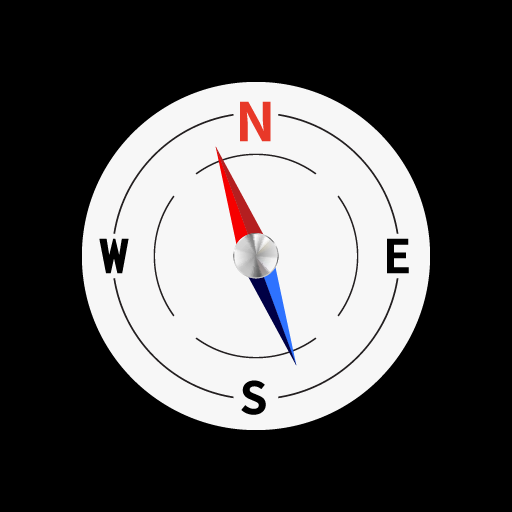You may want to get to the page for a specific application on Google Play Store


| Name | App Store Shortcut Open on Google Play Store |
|---|---|
| Publisher | Arum Communications |
| Genre | Tools |
| Size | 5MB |
| Version | 1.8.7 |
| Update | June 25, 2025 |
| Get it On | Play Store |
| Report | Report Apps |
Preview
How to Open App Store Shortcuts on Google Play Store with a Web Redirect
Seamlessly redirecting users between app stores can be a tricky endeavor for developers and marketers alike. Imagine a user clicking an app link on their Apple device but being redirected to the Google Play Store instead. Frustrating, right? Fixing this issue becomes vital, especially in cross-platform promotion campaigns.
This guide provides a practical solution by showing how to create a web-based redirect that automatically directs users to the correct app store based on their device. Here’s everything you need to know to get started—from the technical challenges to advanced coding techniques.
Understanding the Technical Challenge
Redirecting users to the correct app store (e.g., App Store for iOS and Google Play Store for Android) might seem simple, but it comes with a few hurdles:
- Device Fragmentation: Identifying whether the user is on iOS or Android requires accurate OS detection.
- Redirect Limitations: Direct redirection from one app store to another isn’t possible due to platform restrictions.
- Cross-Browser Compatibility: Your solution must work across various web browsers, including Chrome, Safari, and Firefox.
- Performance and SEO: Ensuring quick redirects without hurting discoverability is critical.
Step-by-Step Guide to Creating a Web-Based Redirect
The best way to manage redirects is by creating a small web page that detects the user’s operating system and then sends them to the appropriate app store. Below is a step-by-step breakdown:
Step 1: Set Up a Basic HTML Structure
Start with a simple HTML template for your webpage. It should be clean and load quickly.
Basic HTML Template
<!DOCTYPE html>
<html lang="en">
<head>
<meta charset="UTF-8">
<meta name="viewport" content="width=device-width, initial-scale=1.0">
<title>App Redirect</title>
<script src="redirect.js" defer></script>
</head>
<body>
<h1>Redirecting to the correct app store...</h1>
</body>
</html>
Step 2: Add Operating System Detection with JavaScript
Use JavaScript to detect the user’s device and redirect them accordingly.
JavaScript Code Snippet
const userAgent = navigator.userAgent || navigator.vendor || window.opera;
if (/android/i.test(userAgent)) {
window.location.href = "https://play.google.com/store/apps/details?id=com.yourappname";
} else if (/iPad|iPhone|iPod/.test(userAgent) && !window.MSStream) {
window.location.href = "https://apps.apple.com/us/app/your-app-name/id123456789";
} else {
document.body.innerHTML = "<p>It seems you're not on a mobile device. Please visit on your iPhone or Android for the best experience.</p>";
}
Implementation Tips for Seamless Integration
Once you’ve built the redirect page, follow these best practices to fine-tune it:
1. Make the Page Mobile-Responsive
Ensure your page is readable and functions perfectly on smartphones. Use CSS frameworks like Bootstrap to enhance responsiveness.
2. Test Across Devices and Browsers
Thoroughly test the redirect functionality on both Android and iOS devices using Chrome, Safari, and other popular browsers. Consistency is key.
3. Secure the Page with HTTPS
Always use HTTPS to avoid browser warnings and protect user data. Most web hosts now include free SSL certificates.
4. Track Performance with Analytics
Integrate analytics tools like Google Analytics to monitor visitor activity. Check how many users are redirected and from which devices.
5. Use Shortened URLs
Leverage URL shorteners like Bitly or Firebase Dynamic Links for cleaner, trackable links that preserve redirection functionality.
Advanced Techniques for Enhanced Functionality
For more sophisticated use cases, consider these advanced techniques:
1. Deep Linking
Use deep linking to send users directly to specific content within your app. Tools like Branch.io or Firebase Dynamic Links can simplify this.
2. Handle Edge Cases
Design fallback pages for unsupported devices or browsers. For example, redirect desktop users to a general landing page with options for both app stores.
3. Dynamic QR Codes
Generate dynamic QR codes that lead to your redirection page. This is particularly useful for print campaigns or physical advertisements.
SEO Optimization for Discoverability
To improve the visibility of your redirect page, follow these SEO best practices:
- Optimize for Keywords: Include keywords like “App Store Shortcut Open on Google Play Store,” “Redirect URL,” and “App Store Redirect” in your meta tags and headings.
- Add Structured Data: Use schema markup to improve search engine understanding.
- Minimize Load Times: Compress images and use lightweight frameworks to ensure the page loads quickly.
- Provide Valuable Content: Write a small paragraph explaining the benefits of your app to ensure the page provides value even for users who land there by mistake.
Why This Solution Works
By implementing this web-based redirect, you can ensure a smooth user experience while promoting cross-platform engagement. Whether you’re guiding users from social media ads, email marketing campaigns, or QR codes, this approach simplifies their path to downloading your app.
Share Your Experience!
Have you used a similar redirection strategy for your app? Do you have questions or tips of your own? Drop a comment below—we’d love to hear your thoughts!
Download App Store Shortcut Open on Google Play Store
You are now ready to download App Store Shortcut Open on Google Play Store for free. Here are some notes:
- Please check our installation guide.
- To check the CPU and GPU of Android device, please use CPU-Z app











